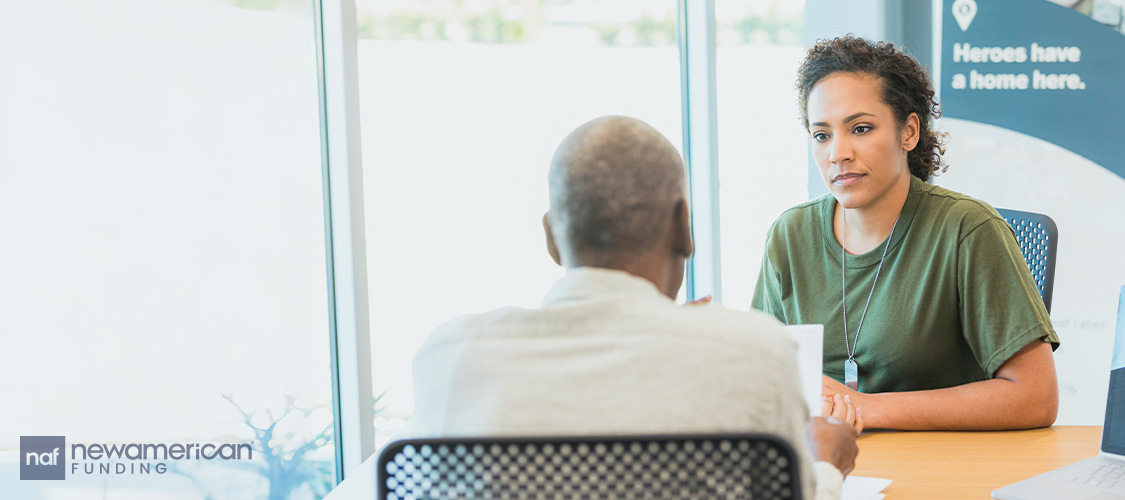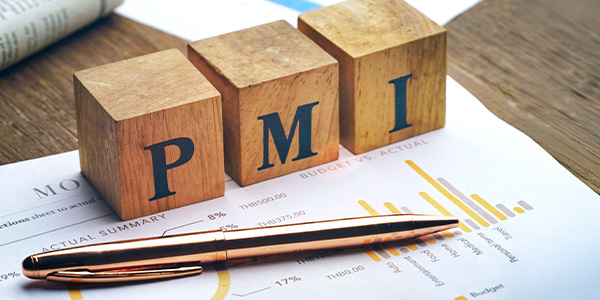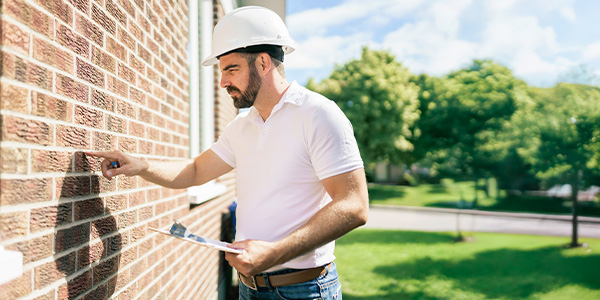Homebuyers
What is PMI? What You Need to Know and How You Can Avoid It
November 19, 2024
In today’s housing market, the idea of saving enough to make a 20% down payment, long considered the gold standard in real estate, may feel out of reach for many first-time homebuyers.
The good news homebuyers may be able to put down considerably less, as low as 3% or even 0% depending on the type of mortgage they are approved to use. But there is a catch.
While making a lower down payment may make homeownership a reality for many first-time buyers, it also comes at a cost: Private Mortgage Insurance (PMI).
PMI is an additional cost tacked onto your monthly mortgage payment until you have 20% equity in your home. It’s intended to protect the lender as buyers who kick in less cash when they purchase a home are considered riskier borrowers.
“[The lender is] essentially taking an additional insurance on the loan just in case it defaults," said Ralph DiBugnara, a regional vice president at New American Funding, based in Edgewater, N.J. Default is when the buyer is unable to pay their mortgage and the home goes into foreclosure.
Let’s take a look at PMI, how to avoid it—and how you can get rid of it.
What is private mortgage insurance (PMI)?
Most lenders require a borrower to take out private mortgage insurance (PMI) if they put down less than 20% on a Conventional loan.
PMI doesn’t apply when you are taking out a Veterans Affairs (VA) loan. However, if you take out a Federal Housing Administration (FHA) loan, you typically pay something similar to PMI called mortgage insurance premium, and if you choose a U.S. Department of Agriculture (USDA) loan, you may have to pay a guarantee fee.
For some first-time buyers, PMI may make more financial sense than making a larger down payment, said DiBugnara.
“Don't leave yourself completely cash poor to put 20% down on a home,” he said. “Sometimes putting up all the money up front isn't necessarily worth it just to eliminate the private mortgage insurance.”
What is mortgage insurance premium (MIP)?
As noted above, FHA loans come with their own mortgage insurance called the Mortgage Insurance Premium (MIP)—even for borrowers who put down 20%.
This insurance is required for those who take out a FHA-backed loan. Just like PMI, this type of mortgage insurance protects lenders, especially since FHA loans often come with minimum down payments as low as 3.5% and more relaxed credit requirements.
If you have an FHA loan with a lower down payment, you will likely have MIP attached to the loan for more than a decade. However, if you put down 10% or more on a loan made after June 3, 2013, then MIP may be canceled after 11 years.
If that doesn’t apply to your situation, you may have to refinance to a different type of loan that doesn’t require mortgage insurance once you reach 20% equity in your home.
How can you avoid PMI?

Unlike MIP, which is attached to an FHA loan for a lengthy period of time, homebuyers using other types of mortgages may have options for avoiding PMI.
The main way to avoid PMI is to put down 20% of the purchase price of the house. Not only does this remove the possibility of PMI, but it also means you’ll be making lower monthly mortgage payments and may enjoy a lower interest rate.
Another way to avoid PMI is with lender-paid mortgage insurance (LPMI). With this type of loan, the lender covers the costs of the mortgage insurance and the buyer takes on a slightly higher mortgage rate to pay for it.
Veterans, active military members, and their spouses may be able to avoid PMI by taking out a VA loan. The loans offer competitive mortgage rates, don’t require a down payment, and borrowers don’t have to worry about mortgage insurance.
If you live in a designated rural or suburban area, you can look into a USDA loan, which also doesn't require down payment, and has flexible income requirements. However, borrowers may have to pay a guarantee fee at closing and monthly.
How to get rid of PMI

Borrower can typically get rid of PMI once they build about 20% equity in their home. They can do this by paying down the principal, aka the amount they borrowed.
If you are current on your mortgage payments and have built up 20% equity in the home, lenders will generally remove PMI once the amount you owe them falls to 80% or less of the original value of the home when you purchased it.
DiBugnara noted one quicker way to remove PMI, especially in a competitive housing market, is to get your house reappraised. In a hot market, you may reach 20% equity sooner than your loan payment schedule because the price of your home has gone up.
Once you’ve reached 20%, you will likely need to send a letter to your lender, asking that the PMI be removed from your monthly payments.
The other option is to consider refinancing your loan, said DiBugnara. This may make sense if mortgage rates fall, which can result in lower payments.
However, homeowners will have to consider the benefits of a refinance over the closing costs associated with the loan. Those costs generally run between 2% and 5% of the new loan balance.
Ralph DiBugnara NMLS # 19269






 Smart Moves Start Here.
Smart Moves Start Here.